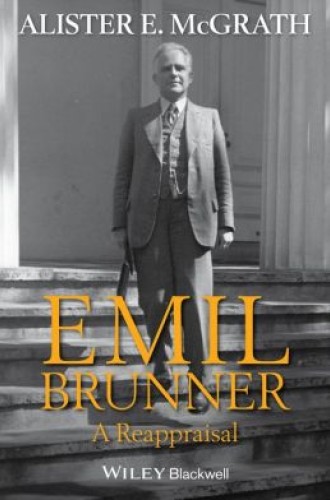Emil Brunner: A Reappraisal, by Alister E. McGrath
For approximately 30 years—from 1930 to 1960—the Swiss theologian Emil Brunner was one of the most influential theologians in the world. Many of his major works, including The Mediator, Man in Revolt, Revelation and Reason, and The Divine Imperative, were standard texts in mainline seminaries in Great Britain and the United States.
Yet today few theological students would recognize Brunner’s name except in connection to his debate with Karl Barth over natural theology. Only a couple of his minor works are still in print, none of them in the United States.
Alister McGrath, professor of science and religion at Oxford University and one of Great Britain’s leading theologians, has undertaken the task of reviving an interest in the Swiss theologian. He concludes this intellectual history of Brunner’s life and thought with a plea for a recovery of Brunner’s theology, arguing that it must be “taken seriously” because Brunner “offers us a vision of theology as a dynamic discipline, constantly seeking to ensure that the gospel is faithfully and effectively articulated in contemporary contexts.”





